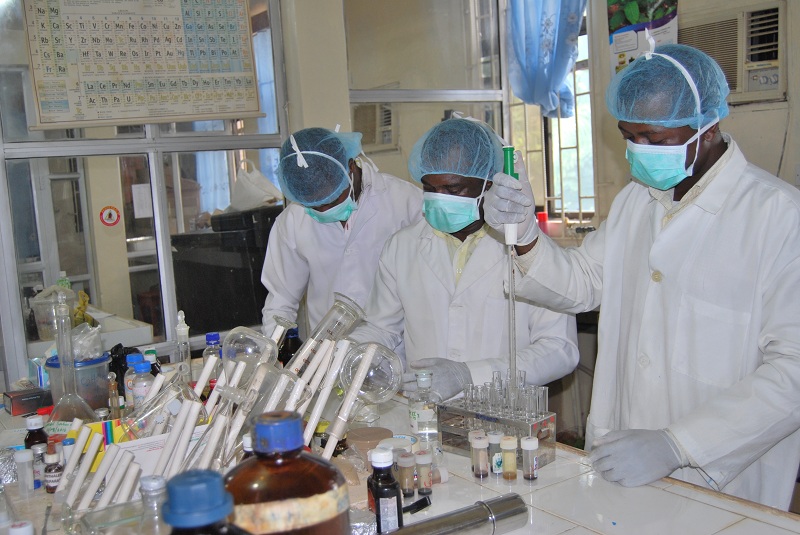The medical fraternity has ushered in a new method of testing for eye diseases associated with diabetes. The test incorporates deep learning technology, which allows for a highly efficient screening method.
The new deep learning-powered eye disease screening method is courtesy of a collaboration between researchers from Technical University of Munich (TUM), LMU University Eye Hospital Munich, and Helmholtz Zentrum München. The new method makes it easier to test for diabetes-related eye diseases such as diabetic retinopathy.
The new test’s efficient nature makes it attractive and ideal for clinics because it does not require physicians to go through algorithm training associated with other tests. The training is timely and expensive, thus contributing to the expensive nature of other tests used to detect diabetes-related optical illnesses. The researchers developed the new test using an algorithm that uses only 25 percent of the annotated data that human experts would require to achieve the same results.
Tapping into deep learning and artificial intelligence
AI and machine learning are becoming increasingly popular in the medical space and have demonstrated impressive contributions. However, they need large amounts of data to train the AI algorithms on diagnosis prediction and accurate screening. Researchers have thus shifted their attention towards cheaper approaches to annotated data and while maintaining high algorithmic performance.
The new testing approach not only makes it easier to test for diabetes-related eye disease, but it also aims to make it less costly. Diabetic retinopathy is one of the most common types of eye disease associated with diabetes and a severe one because it causes blindness. Researchers require many photos of the eye’s interior surface known as the fundus, which are then fed to the algorithm to train it for the screening process. The researchers aim to eliminate the need for expensive annotated data that fed to the algorithm.
It helps that the LMU University Eye Hospital Munich has a collection of 120,000 co-registered OCT and fundus images, which offsets the cost. The new method called “cross modal self-supervised retinal thickness prediction,” applies the LMU dataset allowing the algorithm to teach itself how to recognize the images. The self-training goal is to accurately predict retinal thickness, which is an integral part of the diagnostic process for detecting diabetic retinopathy.


